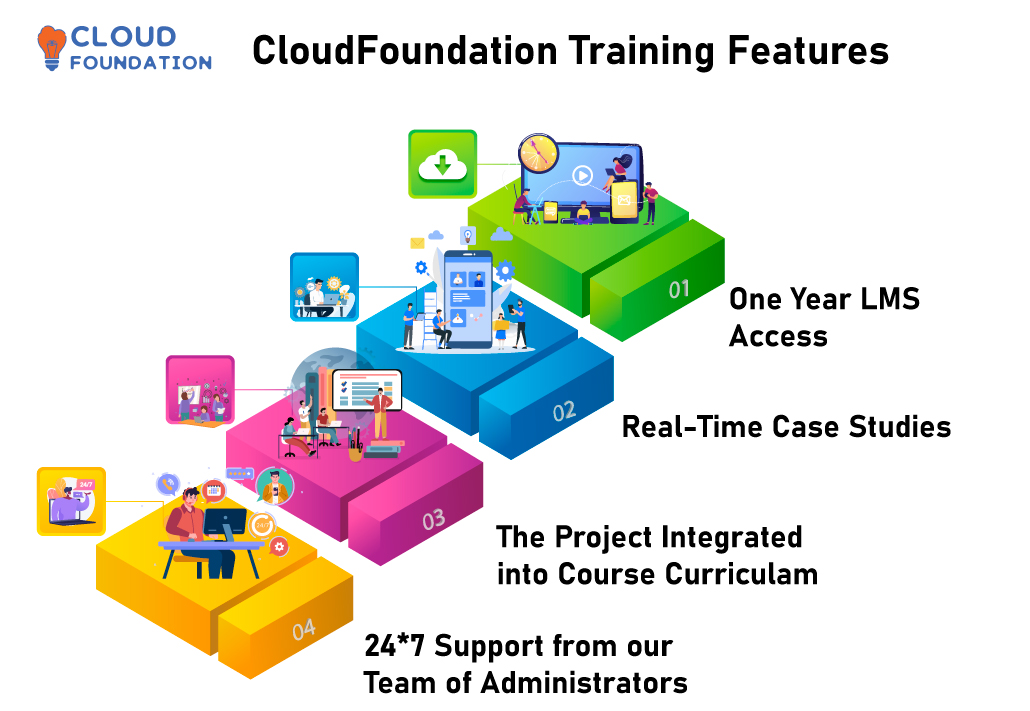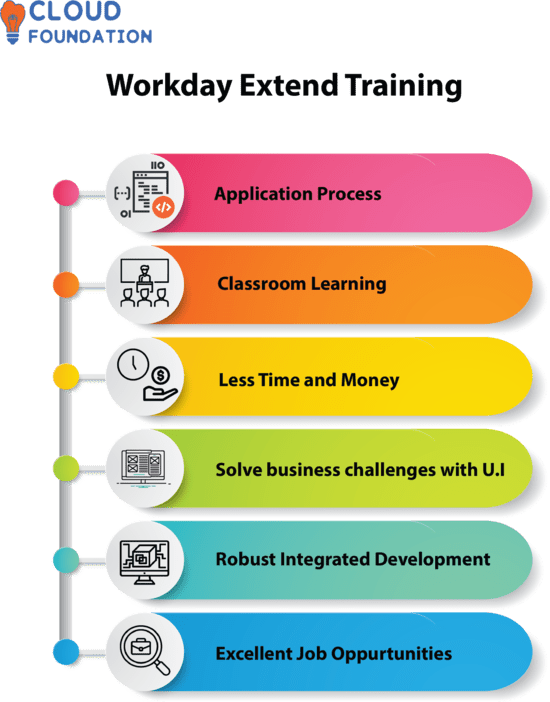Microsoft Azure AI-900 Training-The only Course you need
Microsoft Azure AI-900 Training-The only Course you need
⏰26 hours | ▶️ 23 Videos | 📣 9152 Participants | 🎓 5782 Reviews | 4.9 ⭐⭐⭐⭐⭐
Choose a Plan that Works for You
Self Paced
- Advanced sessions
- Interview Q&A
- Free study Materials
- Premium Technical support
Instructor Led Live Training
- Live Instructor
- Advanced sessions
- Interview Q&A
- Premium Technical Support
Corporate Training
- Live Instructor
- Advanced sessions
- Interview Q&A
- Premium Technical Support
Upcoming Batches PST
Weekday
| Nov 11(1 HR A DAY) |
| 06:00 PM PST |
| Enroll Now → |
Weekday
| Nov 26(1 HR A DAY) |
| 06:00 PM PST |
| Enroll Now → |
Weekend
| Nov 22(1 HR A DAY) |
| 07:00 PM PST |
| Enroll Now → |
Upcoming Batches IST
Weekday
| Nov 12(1 HR A DAY) |
| 06:30 AM IST |
| Enroll Now → |
Weekday
| Nov 26(1 HR A DAY) |
| 06:00 PM PST |
| Enroll Now → |
Weekend
| Nov 23(1 HR A DAY) |
| 07:30 AM IST |
| Enroll Now → |
Course Description
Microsoft Azure AI 900 training delivers knowledge on artificial intelligence and machine learning with Azure services.
Azure AI 900 course is proposed for technical and non-technical background applicants planning to start a career with Azure with artificial intelligence.
Learn cloud with artificial intelligence by joining our online classes under the guidance of expert trainers with complete hands-on practices.
Avail 24/7 support from our tech team and clear your queries on the course.
You can earn Azure AI 900 certification by attending the azure 900 exams by attending classes with some basic programming knowledge.
Enroll now with us and avail yourself of the accreditation and pursue your dream job.

Describe Artificial Intelligence workloads and considerations
Identify features of common AI workloads
- identify prediction/forecasting workloads
- identify features of anomaly detection workloads
- identify computer vision workloads
- identify natural language processing or knowledge mining workloads
- identify conversational AI workloads
Identify guiding principles for responsible AI
- describe considerations for fairness in an AI solution
- describe considerations for reliability and safety in an AI solution
- describe considerations for privacy and security in an AI solution
- describe considerations for inclusiveness in an AI solution
- describe considerations for transparency in an AI solution
- describe considerations for accountability in an AI solution
Describe fundamental principles of machine learning on Azure
Identify common machine learning types
- identify regression machine learning scenarios
- identify classification machine learning scenarios
- identify clustering machine learning scenarios
Describe core machine learning concepts
- identify features and labels in a dataset for machine learning
- describe how training and validation datasets are used in machine learning
- describe how machine learning algorithms are used for model training
- select and interpret model evaluation metrics for classification and regression
Identify core tasks in creating a machine learning solution
- describe common features of data ingestion and preparation
- describe common features of feature selection and engineering
- describe common features of model training and evaluation
- describe common features of model deployment and management
Describe capabilities of no-code machine learning with Azure Machine Learning
- automated Machine Learning UI
- azure Machine Learning designer
Describe features of computer vision workloads on Azure
Identify common types of computer vision solution
- identify features of image classification solutions
- identify features of object detection solutions
- identify features of semantic segmentation solutions
- identify features of optical character recognition solutions
- identify features of facial detection, facial recognition, and facial analysis solutions
Identify Azure tools and services for computer vision tasks
- identify capabilities of the Computer Vision service
- identify capabilities of the Custom Vision service
- identify capabilities of the Face service
- identify capabilities of the Form Recognizer service
Describe features of Natural Language Processing (NLP) workloads on Azure
Identify features of common NLP Workload Scenarios
- identify features and uses for key phrase extraction
- identify features and uses for entity recognition
- identify features and uses for sentiment analysis
- identify features and uses for language modeling
- identify features and uses for speech recognition and synthesis
- identify features and uses for translation
Identify Azure tools and services for NLP workloads
- identify capabilities of the Text Analytics service
- identify capabilities of the Language Understanding Intelligence Service (LUIS)
- identify capabilities of the Speech service
- identify capabilities of the Translator Text service
Describe features of conversational AI workloads on Azure
Identify common use cases for conversational AI
- identify features and uses for webchat bots
- identify features and uses for telephone voice menus
- identify features and uses for personal digital assistants
- identify common characteristics of conversational AI solutions
Identify Azure services for conversational AI
- identify capabilities of the QnA Maker service
- identify capabilities of the Bot Framework
Describe Artificial Intelligence workloads and considerations
Identify features of common AI workloads
- identify prediction/forecasting workloads
- identify features of anomaly detection workloads
- identify computer vision workloads
- identify natural language processing or knowledge mining workloads
- identify conversational AI workloads
Identify guiding principles for responsible AI
- describe considerations for fairness in an AI solution
- describe considerations for reliability and safety in an AI solution
- describe considerations for privacy and security in an AI solution
- describe considerations for inclusiveness in an AI solution
- describe considerations for transparency in an AI solution
- describe considerations for accountability in an AI solution
Describe fundamental principles of machine learning on Azure
Identify common machine learning types
- identify regression machine learning scenarios
- identify classification machine learning scenarios
- identify clustering machine learning scenarios
Describe core machine learning concepts
- identify features and labels in a dataset for machine learning
- describe how training and validation datasets are used in machine learning
- describe how machine learning algorithms are used for model training
- select and interpret model evaluation metrics for classification and regression
Identify core tasks in creating a machine learning solution
- describe common features of data ingestion and preparation
- describe feature engineering and selection
- describe common features of model training and evaluation
- describe common features of model deployment and management
Describe capabilities of no-code machine learning with Azure Machine Learning studio
- automated ML Wizard UI
- azure Machine Learning designer
Describe features of computer vision workloads on Azure
Identify common types of computer vision solution
- identify features of image classification solutions
- identify features of object detection solutions
- identify features of semantic segmentation solutions
- identify features of optical character recognition solutions
- identify features of facial detection, facial recognition, and facial analysis solutions
Identify Azure tools and services for computer vision tasks
- identify capabilities of the Computer Vision service
- identify capabilities of the Custom Vision service
- identify capabilities of the Face service
- identify capabilities of the Form Recognizer service
Describe features of Natural Language Processing (NLP) workloads on Azure
Identify features of common NLP Workload Scenarios
- identify features and uses for key phrase extraction
- identify features and uses for entity recognition
- identify features and uses for sentiment analysis
- identify features and uses for language modeling
- identify features and uses for speech recognition and synthesis
- identify features and uses for translation
Identify Azure tools and services for NLP workloads
- identify capabilities of the Text Analytics service
- identify capabilities of the Language Understanding service (LUIS)
- identify capabilities of the Speech service
Describe features of conversational AI workloads on Azure
Identify common use cases for conversational AI
- identify features and uses for webchat bots
- identify features and uses for telephone voice menus
- identify features and uses for personal digital assistants
- identify common characteristics of conversational AI solutions
Identify Azure services for conversational AI
- identify capabilities of the QnA Maker service
- identify capabilities of the Azure Bot service


